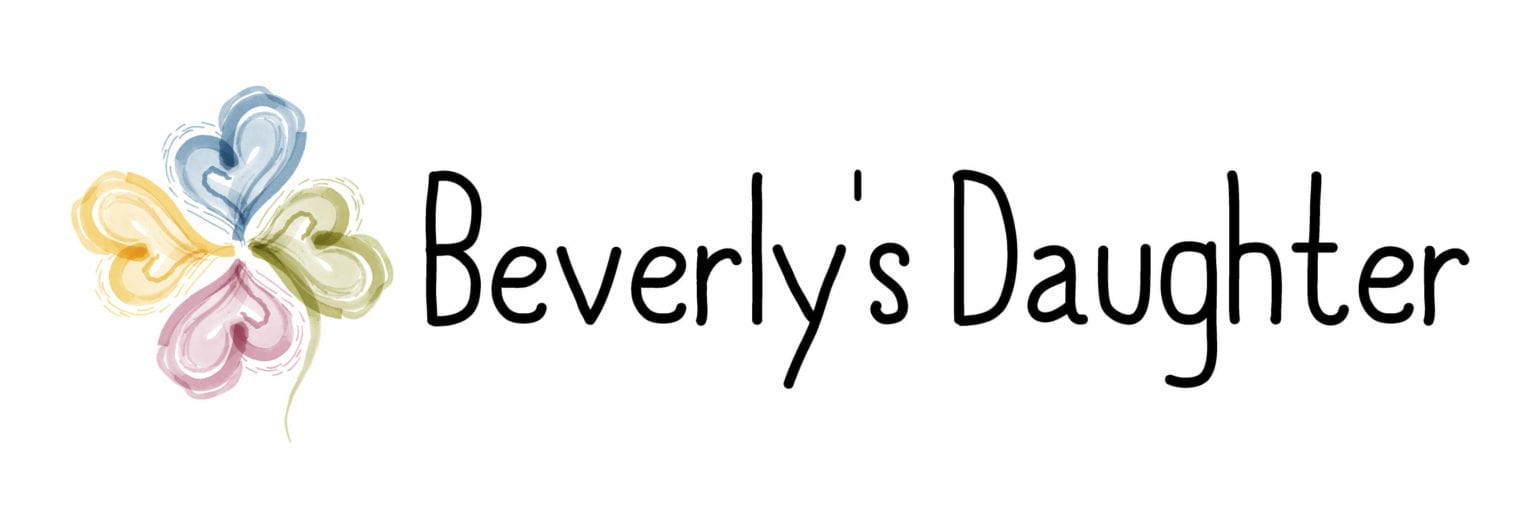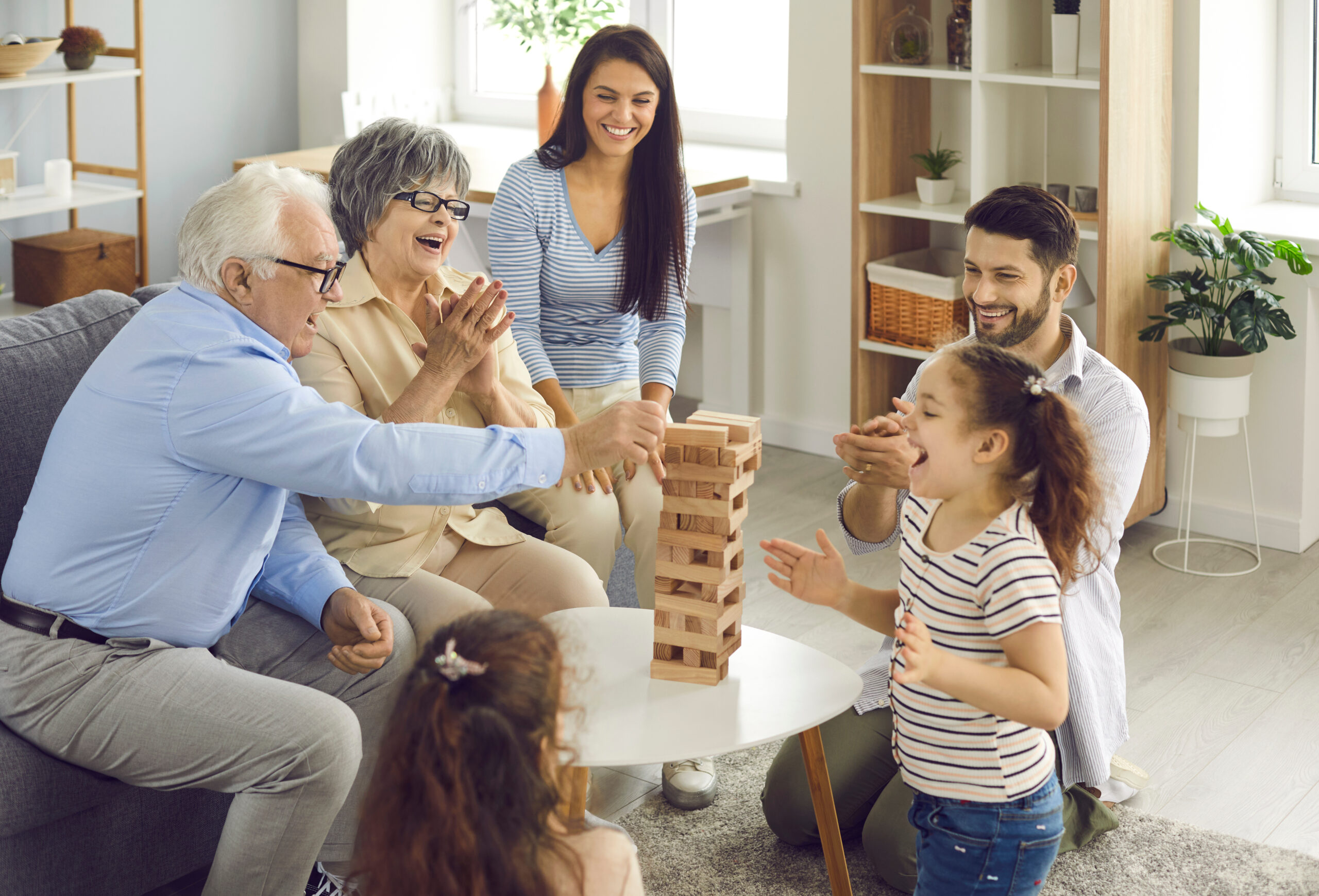Aging in place—staying in one’s home rather than moving to institutional settings—is a goal for many older adults. It brings familiarity, comfort, and independence. But to make that goal sustainable, one of the most powerful tools is often overlooked: routine.
When thoughtfully designed, daily and weekly routines can support physical health, mental well-being, social connection, and safety. Below, I’ll explain why routines matter, how to build effective ones, and share helpful U.S.-based resources that can support seniors (and their caregivers) in making routines a reality.
Why Routines Matter — Especially for Seniors
1. Predictability & Emotional Comfort
As people age, unexpected changes can feel overwhelming. A steady daily rhythm helps create stability and reassurance. Waking, eating, and resting at predictable times can lower stress and improve overall mood.
2. Support for Memory & Cognitive Health
For seniors facing memory challenges, routines serve as anchors. When certain activities happen at the same time every day—like taking medications with breakfast—they become automatic, reducing the mental effort of remembering “what’s next.”
3. Better Physical Health
Health experts agree that consistency is the backbone of wellness. Routines help seniors stick with important habits like:
Movement & exercise — walking, stretching, or balance training
Meal timing — ensuring proper nutrition and hydration throughout the day
Medication adherence — linking doses to existing routines
Regular sleep — setting consistent bed and wake times for better rest
4. Social Engagement
Loneliness is a major health risk for older adults. When social time—like a weekly call with family, a standing lunch with a friend, or a group exercise class—is built into the schedule, it’s less likely to be overlooked.
5. Increased Safety
Predictable routines help reduce accidents and make it easier to spot changes in behavior or health. For example, if a senior normally takes a morning walk but suddenly stops, it may signal a need for medical attention.
Building Effective Routines
Principles for Success
- Start small – Add one or two consistent habits before building a full schedule.
Stay flexible – Routines should guide, not restrict.
Tie new habits to old ones – For example, stretch after brushing teeth.
Balance activities – Include movement, rest, mental stimulation, and social time.
Use reminders – Pill boxes, phone alarms, or printed checklists are simple but effective tools.
Reevaluate often – As health or abilities change, routines should adjust too.
A Sample Daily Routine
Sample Daily Routine
| Time | Activity | Why It Matters |
|---|---|---|
| 7:00 AM | Wake, wash, light stretches | Improves flexibility and reduces morning stiffness |
| 7:30 AM | Breakfast & medications | Establishes nutrition and adherence to prescriptions |
| 9:00 AM | Walk or chair exercise | Boosts energy and balance |
| 10:00 AM | Reading, puzzles, or crafts | Stimulates the brain and reduces cognitive decline |
| 12:00 PM | Lunch, hydration, brief rest | Maintains energy and prevents dehydration |
| 1:30 PM | Social activity (call, visit, group) | Reduces isolation, builds connection |
| 3:00 PM | Household chores or hobby | Keeps a sense of purpose |
| 5:30 PM | Dinner | Balanced nutrition and evening hydration |
| 7:00 PM | Relaxation (TV, music, light stretch) | Prepares body for rest |
| 9:00 PM | Bedtime routine | Promotes restorative sleep |
Overcoming Common Barriers
- Low energy: Break activities into smaller, shorter tasks.
Memory issues: Use visual cues and reminders.
Mobility challenges: Adapt exercises for sitting or standing with support.
Motivation dips: Pair tasks with enjoyable activities (like listening to music while exercising).
Changing health: Keep routines flexible to account for “good days” and “bad days.”
U.S.-Based Resources for Seniors & Caregivers
Good news! there are excellent U.S. organizations that provide tools, guides, and support for seniors building healthier daily lives.
- National Institute on Aging (NIA)
The NIA provides practical tips for healthy aging, resources on caregiving, and guidance on creating routines that support aging in place. - National Council on Aging (NCOA)
NCOA promotes healthy aging through wellness programs, senior fitness resources, and its BenefitsCheckUp® tool, which helps older adults find support services. - Office of Disease Prevention and Health Promotion (ODPHP)
Offers the Move Your Way® campaign, which provides easy-to-follow physical activity guidelines for seniors. - Area Agencies on Aging
Local AAAs connect seniors to services like meal programs, transportation, exercise classes, and caregiver support. Find yours through the Eldercare Locator. - Senior Medicare Patrol
A nationwide program that educates seniors on preventing Medicare fraud and abuse, protecting financial health alongside physical health. - Eldercare Workforce Alliance (EWA)
A coalition of national organizations working to improve the quality and accessibility of eldercare across the U.S.
Final Thoughts
Routines aren’t about creating strict schedules—they’re about building scaffolding. This structure supports independence, health, and dignity while aging at home.
If you’re a senior (or a caregiver helping one), start by choosing one small daily habit to stabilize. Link it to something already in your day, then expand gradually. Over time, these habits form routines that keep you grounded, healthy, and socially connected.
And remember—you’re not alone. The organizations listed above provide free tools, classes, and guidance to help seniors age in place successfully.




Leave a Reply